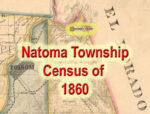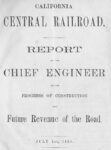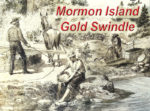European immigrants were dominated by people immigrating from Ireland, making up 40 percent. Next were individuals born in England (25.88%) and Germany (18.42%.) Immigrants from France, Scotland, and the Western Islands totaled slightly less than 14 percent of the population. The population of Chinese individuals was close to the number of immigrants who listed England as their birth origin.










